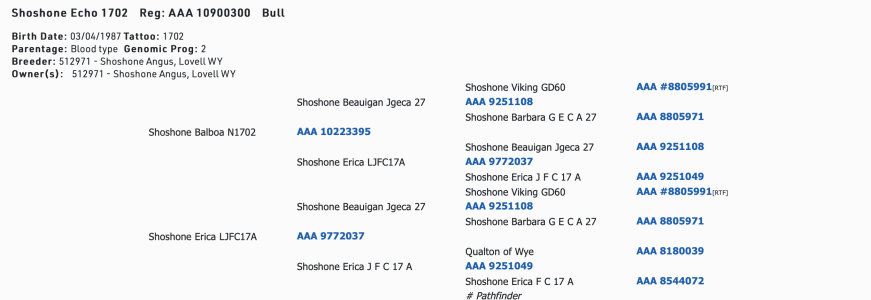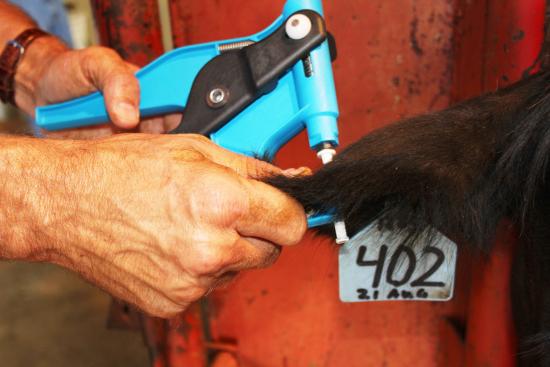Yet the associations won't even mandate dna match of both parents to register. Let alone dna for traits .
It also doesn't address the built in bias against genetic potential of heterosis in the offspring of line bred animals.
In fact epds have a terrible bias towards a total out cross bull. Which in many cases is a poor choice to use as a herd sire as far as predictability of offspring and the potential improvement of the offspring of a outcrossed sire.
IMHO epds have done far more harm then good in the total of all breeds of cattle
There is a lot of diversity in a breed association. Members of all sizes, goals, cattle types, opinions, knowledge, experience, financial resources, etc. High volume and high dollar guys along with the mom and pop folks with a few cows that their kids show at the county fair. Then board members who determine the rules. Diversity there as well. Decisions made for the good of the breed, good of the industry, or good for themselves probably come into play. Then paid staff doing a job for a living with personal and professional goals. Sort of like any organization, group of people or a country. How to please the majority and think you are making the right decisions and trying to keep your job come into play. Doing the "right thing" is probably subjective with different opinions.
As far as a mandate for dna testing, there is the cost involved that the member would have to pay. How many would support that? I just spent $856 on dna testing for 12 head. Some people would find that expensive. Probably would be controversial and result in an uprising from some of the members. Many a discussion here about "mandates" of a different type for the past couple of years.
No doubt that dna testing would improve the accuracy of the pedigree both in terms of parent verification and genetic value. But the board members might have to go into hiding if they mandate that.

EPD's or EBV's started I think in the 70's. I know that cattle have improved a lot since then in terms of growth, efficiency, and carcass - at least it seems that way to me. How much of that improvement was related to the EPD thing - I don't know. But, I don't think we have lost ground on cattle quality since then. There was a very long time period prior to that where changes were based on all the other important evaluation tools - phenotype, experience, history, visual observation and evaluation, cow family, intuition, keen eye, etc. Did improvement rate go up or down since then? I enjoy the discussion.


